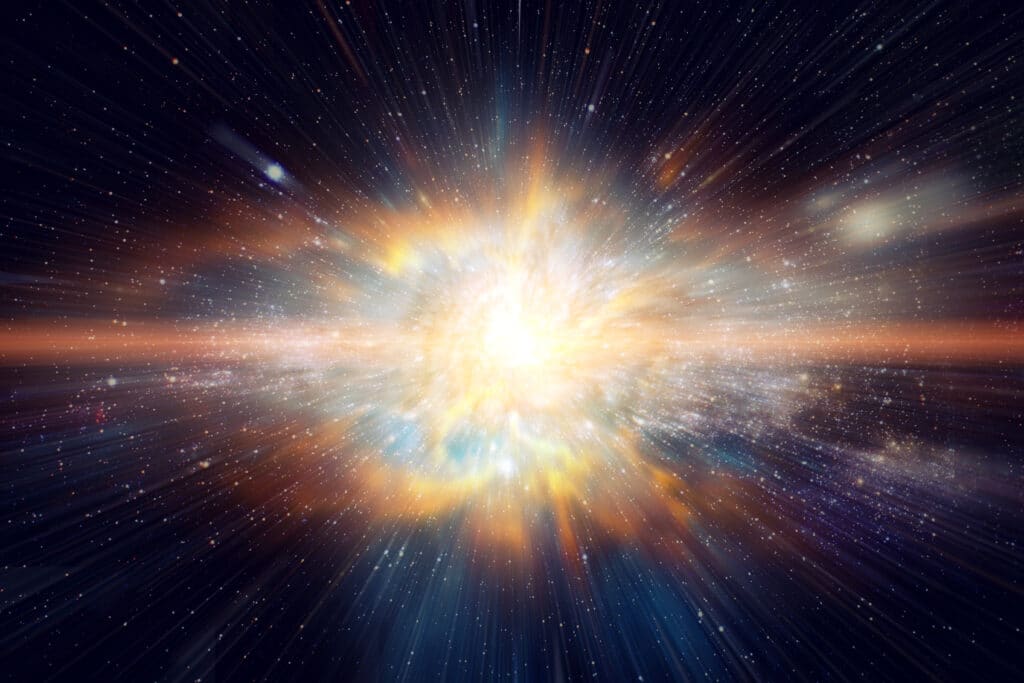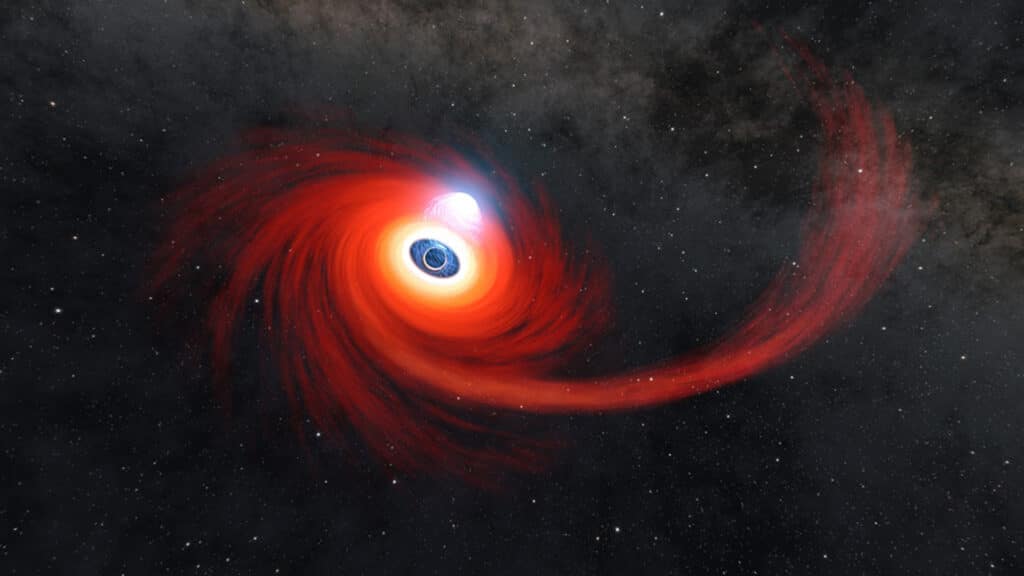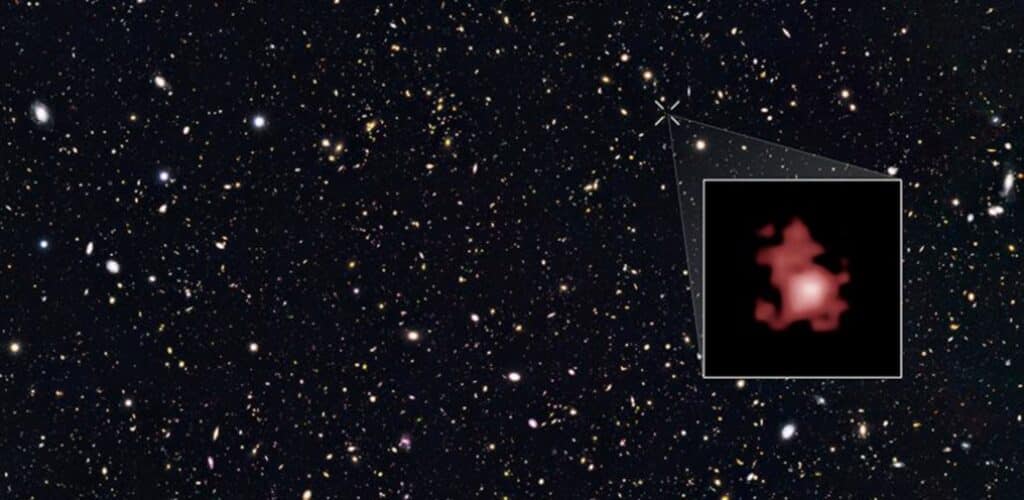Scientists have made an extraordinary discovery by detecting the oldest black hole known to date. Not only that, but this particular black hole is currently “eating” its host galaxy to death.
This ancient cosmic giant, found by an international team led by the University of Cambridge using NASA’s James Webb Space Telescope, dates back to just 400 million years after the Big Bang, over 13 billion years ago. The findings have been hailed as “a giant leap forward.”

The black hole, several million times the mass of our Sun, defies current understanding of how such cosmic entities evolve. According to established models, supermassive black holes, like the one at the center of our Milky Way galaxy, slowly grow over billions of years from remnants of dead stars. However, the sheer size of this newly discovered black hole, considering the universe’s age at the time, suggests they might form differently — either starting out large or consuming matter at a rate previously deemed impossible.
Standard models propose that supermassive black holes originate from star remnants collapsing into black holes about a hundred times the mass of the Sun. The growth of such a black hole to the size observed would typically take about a billion years. But this newly found black hole’s existence in a universe less than a billion years old challenges these assumptions.
“It’s very early in the universe to see a black hole this massive, so we’ve got to consider other ways they might form,” says Roberto Maiolino, professor in Cambridge’s Cavendish Laboratory and Kavli Institute of Cosmology, in a media release. “Very early galaxies were extremely gas-rich, so they would have been like a buffet for black holes.”
The discovery was made using the NASA’s Webb Telescope, which enabled the observation of the host galaxy, GN-z11. This young galaxy is illuminated by the energetic black hole at its center. Black holes are typically identified by the glowing accretion disc of gas that forms near their edges, radiating energy in the ultraviolet range due to the intense heat.
GN-z11, although much smaller than the Milky Way, faces a significant threat from its central black hole. As the black hole consumes vast amounts of gas, it generates powerful winds that could inhibit star formation in the galaxy, ultimately stunting its growth and even leading to the black hole’s demise by cutting off its fuel source.

Maiolino expressed his enthusiasm for the new era of astronomical research ushered in by Webb.
“It’s a new era: the giant leap in sensitivity, especially in the infrared, is like upgrading from Galileo’s telescope to a modern telescope overnight,” notes Maiolino. “Before Webb came online, I thought maybe the universe isn’t so interesting when you go beyond what we could see with the Hubble Space Telescope. But that hasn’t been the case at all: the universe has been quite generous in what it’s showing us, and this is just the beginning.”
This research, which also received support from the European Research Council, the Royal Society, and the Science and Technology Facilities Council (part of UK Research and Innovation), opens a window into the earliest periods of the universe and the mysterious nature of black holes, promising exciting developments in the field of astronomy.
The study is published in the journal Nature.













Comments